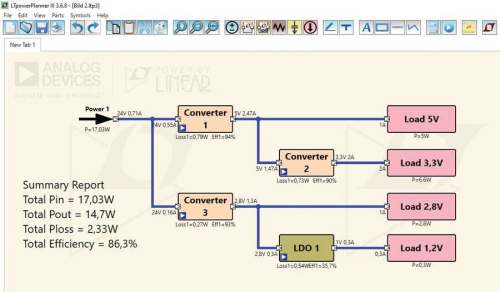enantiomeric separating study of d-and l-carnitinewith capillary zone electrophoresis
lengtao-hua1,guo wei-qiang1,renyi-ping2
(1.dept.of chemistry,zhejiang university,hangzhou 310027 china;2.zhejiang centerfor disease prevention and control,hangzhou 310003,china)
carnitine[β-hydroxy-γ-trimethylaminobutyric acid]is a chiralbiologicalsubstance found in differenttissues ofani-mals,some plants and microorganisms.its enantiomers showdifferent biological activities.l-carnitineisfound to play animportant role in thetransport offatty acids across the mitochondrial membrane bythe transferase and translocase enzymesystem[1,2].recently,carnitine and its ramifications have been proved to possessinteresting pharmacological and nutri-tional properties[3];on the other hand,d-carnitine has been shown to have a considerabletoxic influence on biochemi-cal processes[4].in the past,patients have been treated with d,l-carnitinefor anorexia,dyspepsia and other patholo-gies.however,d-carnitine is an emulative depressorto the l-carnitine acetyltransferase,leading to a depletion of bodyl-carnitine storage[5],the use ofthe pure l-carnitine and its esteris recommended.an uncoated capillary,sulfated-β-cyclodextrin and(s,s)-1,7-bis(4-benzyl-5-hydroxy-2-oxo-3-azapentyl)-1,7-diaza-12-crown-4 as chiral additive andacetonitrile as electroosmoticflow(eof)modifier were used forthe separation.the optimized method has beencharacter-ized and appropriately validated for the determination ofthese compounds.
1 experiment
1.1 instrumentation
abeckman capillary electrophoresis instrument p/ace2000(beckman instruments,fullerton,ca,usa)e-quipped with a diode array detector operating at260 nmwas used and a 32 karat software station was usedto performthedata collection and controlling the operational variables ofthe system. dow)×75μmi.d.was used.operation voltages were 30 kv.injection was performed in the electrokinetic mode.in-jection time was 10 seconds using a voltage of10 kv.
1.2 operating conditions
apositive powersupply of30 kvwas used with a constantcurrent mode of operation.capillaries of effectivelengthof60cm×75μmi.dwere used and the temperature was 25℃.the capillaries were washed for 5 min with 0.1 mol/lsodiumhydroxide solution,10 min with waterand 5 min with running buffer.the separation buffer was50 mmol/lphos-phoric acid,1.25%(w/v)sulfated-β-cyclodextrin,0.94%(w/v)(s,s)-1,7-bis(4-benzyl-5-hydroxy-2-oxo-3-aza-pentyl)-1,7-diaza-12-crown-4(in acetonitrile)and the detection was carried outat 260 nm.
1.3 derivatization
the derivatization reaction is described as follows.
2 results and discussion
2.1 optimization ofthe ceseparation
2.1.1 influence of ph
pheffects were studied overthe range of3~9.6forthe modelsubstance using phosphate 50 mmol/las backgroundelectrolyte and 1.25%(w/v)sulfated-β-cyclodextrin and 0.94%(w/v)(s,s)-1,7-bis(4-benzyl-5-hydroxy-2-oxo-3-azapentyl)-1,7-diaza-12-crown-4(in acetonitrile)as chiralselector.as a result,allseparations showed enhanced res-olution at ph3~7,the bestseparation was ph=3.0.
2.1.2 effect of applied voltage
the effect ofthe applied voltage in the range of10~30 kvon the migration time as well as on the separation wasstudied at a phosphate buffer system(50 mmol/l)with 1.25%(w/v)sulfated-β-cyclodextrin and 0.94%(w/v)(s,s)-1,7-bis(4-benzyl-5-hydroxy-2-oxo-3-azapentyl)-1,7-diaza-12-crown-4(in acetonitrile)as chiral selector.goodenantiomeric separations were achieved












